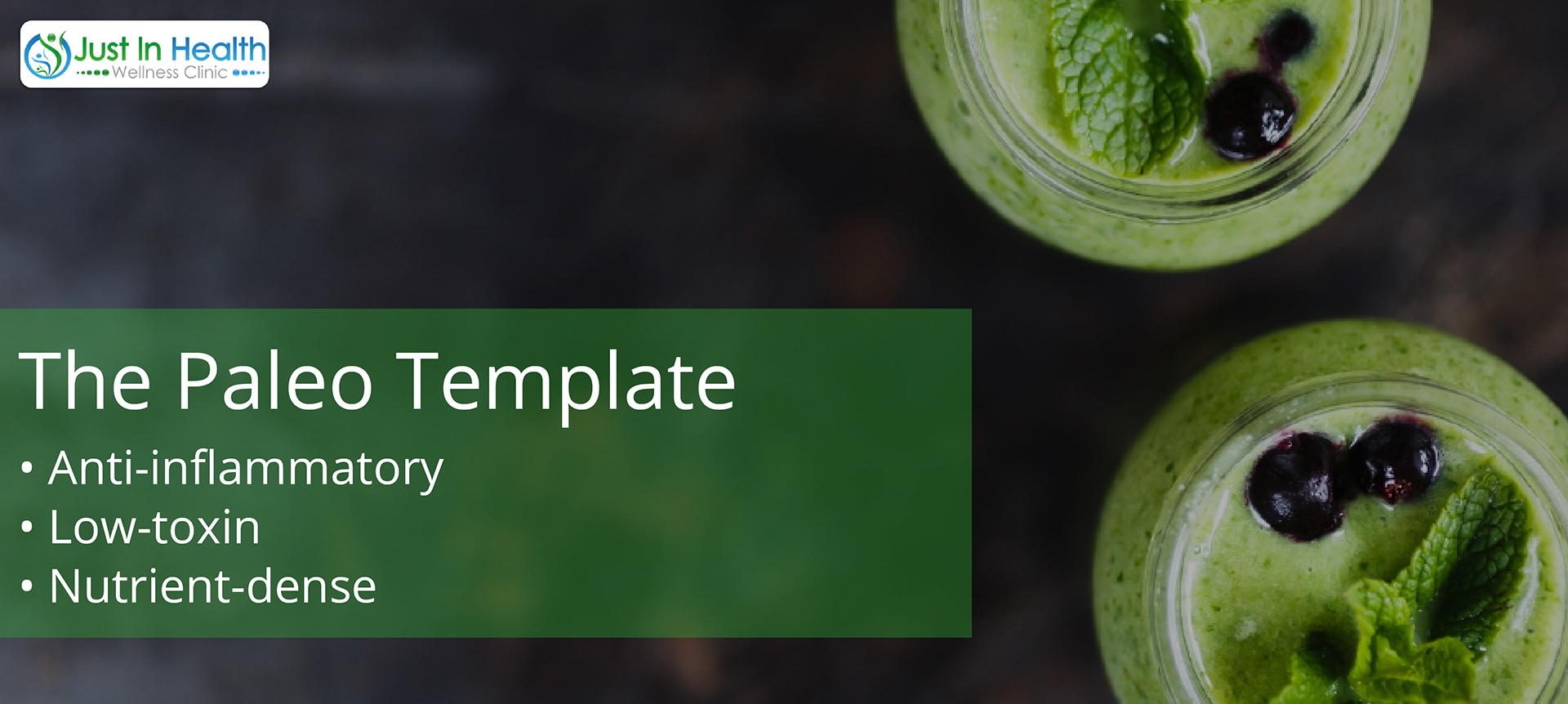
By Dr. Justin Marchegiani
There are major lab tests you need to do if you're starting with a poor diet and transitioning to a Paleo diet. In part 1 of this two-part series, I’m going to discuss the lab tests you need to be checking and the results you need to be aiming for in order to be successful with your Paleo diet. Part 2 of the series will cover roadblocks to your success and what those underlying barriers might be that are preventing you from getting to the next level. First, I’m going to discuss the Paleo diet, or as I like to call it—the Paleo template.

I don’t like the word diet, so while that may be the more common word, I like to use the word template instead. A template is less constricting and provides more flexibility. It also gives us the ability to adjust our macronutrients, which are proteins, fats, and carbs (PFC). So then we can adjust our template according to our energy levels and our metabolic needs.
Some patients are insulin-resistant and have blood sugar issues. They may really do well on a ketogenic style of Paleo template. Some are CrossFit types and may already be pretty healthy, meaning their body is able to process and handle blood sugar and insulin normally. So they could possibly handle a little more carbs. Their Paleo template can adjust to this.
When we talk about a Paleo template (or diet), really what we’re talking about is anti-inflammatory, nutrient-dense, low-toxin foods. Foods that we've had enough time to evolutionarily adapt to. However, our standard American diet today consists of grains and a lot of refined sugar (non-Paleo foods). So our goal is to go from pre-Paleo to post-Paleo. This is where we’re really one or two months in to our Paleo template and we're seeing significant benefits, whether its energy, less inflammation, relief with joint pain, less brain fog, and so on.
We only started to consume grains about ten thousand years ago. So if you look at the start of the Paleo era, about 2 million years ago, we've been consuming grains for a very small percentage of that time. We’ve evolved away from hunter-gatherer societies, which consumed lots of meat and bone marrow, starchy tubers, and fruit and vegetable carbohydrates (not grain-based). But the evolution to grain-based diets has been at a rapid pace, which is highly problematic because our bodies haven't had enough time to adapt to those things. Some people can handle it better than others, but in my opinion, for people who are sick or inflamed, grains are going to be their dietary kryptonite. A Paleo template will bring your body back in-line with its evolutionary expectations.

As my patients prepare for or begin a Paleo template, I will run lab tests to check for 3 key markers: inflammation, blood sugar, and lipids.
Inflammation is just a sign that your body is breaking down faster than it’s building up because of some type of physical, chemical, or emotional stressor. These can include the following:
When we cut these things out, we go Paleo and we put an emphasis on food quality. The toxins mentioned above have only been around for 40 to 80 years. Grains have been around for 10,000 years, and flour only for 200 years. People think organic food is a fad thing, but if you look at beyond 50 or 60 years ago, everything was organic. We didn’t douse our foods in pesticides. There was no GMO. So cutting out toxic foods will significantly help improve inflammatory markers.
When looking for inflammation markers through lab testing, I like to see:
A lab test I like to look at for blood sugar markers are:
To be successful on the Paleo template, it’s important to avoid the foods that humans have had less time to adapt to and eat the foods that we've had more time to adapt to, are going to be low in toxicity, drive less inflammation, and essentially have higher levels of nutrient density. Anything you can get in vegetables and meat and low sugar berries and starchy tubers, you're going to be able to get every single nutrient in those food items that you would in grains and other refined products.
People may say, “You can't cut out a food group,” but don’t look at your food as a category; look at it by the nutrients it contains. Ask yourself, “Can I get that from something else?” And if you can get that nutrient from another food without taking on the inflammatory compounds, like those you get with the gluten for example, then that's a win-win in my book.